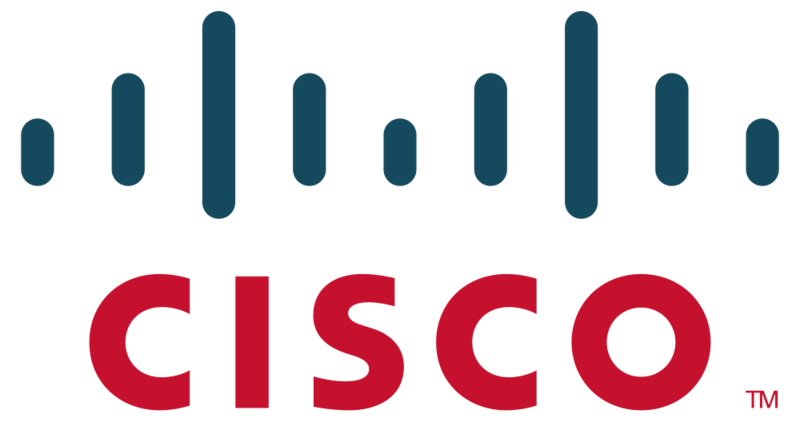Technology
After Flip and Telepresence, Cisco Wants Its New Collaboration Effort to Work for Everyone
Published:
Last Updated:
Cisco Systems Inc. (NASDAQ: CSCO) is taking yet another shot at making you buy its video conferencing system — as a collaboration tool this time. Cisco’s Telepresence effort never really died, but has effectively been rolled up. This just did not get as big as other video efforts elsewhere. Then there was the Flip handheld miniature video system that flopped. Now Cisco is introducing three new personal collaboration tools to get collaborative work done without technology hassles getting in the way.
Two of Cisco’s tools sit on the physical desktop, and one resides in the cloud. Cisco is right that businesses must provide every worker with tools to collaborate at a moment’s notice, and also that these tools should not just be for executives. It is that “for everyone else” market where Cisco has failed. Cisco was showcasing its new DX70 and DX80 desktop collaboration devices on Monday.
The company said:
Similar to how smart phones revolutionized our mobile lives, the Android-based DX70 and DX80 streamline and simplify our work lives by providing access to all the top tools and applications highly collaborative work requires. While this integrated desktop experience is fit for a CEO, it is priced to scale to every worker.
These systems come with large touch screens, and they are Android-based to combine audio and video along with integrated business applications and web browsing. The DX80 also comes equipped Cisco’s Intelligent Proximity, to allow you to “pair” your DX with your mobile phone and have access to your personal contacts and call history, as well as move calls that are in progress. The DX70 is a smaller system and will debut for under $1,000 per unit, and the DX80 will have a 24-inch screen running less than $2,000.
ALSO READ: Get Ready for More DRAM and Flash Mergers & Consolidation
The Collaboration Meeting Rooms look like they build on the old WebEx technology. Its plan is to host videoconferencing for millions around the world using a variety of conference and audio-video systems from Cisco and from other companies.
All of this sounds great, but the problem is that audio and video services have become close to ubiquitous. The last frontier to cross is getting people being able to communicate outside of their fixed audio or video systems across multiple platforms from competing technology providers.
Cisco’s latest effort still sounds expensive for a fixed system. The good news is that it may not be too expensive for an enterprise, but $1,000 or $2,000 is going to be too much for the bulk of the public. Cisco had built out Telepresence to the living room, but it wasn’t affordable for most people. Now everyone communicates via video when they want to through smartphones, game systems, tablets, and video systems on their desktops – effectively for free.
ALSO READ: The $1,375 Mini 3D printer for Your Home or Office
Cisco shut down its Flip video system in 2011 after paying over $500 million for it just in 2009. What is left of Cisco’s Telepresence is now under Cisco’s Collaboration effort, and everything coming out now seems built upon the technology from the $3.2 billion acquisition of WebEx in 2007.
Maybe the third time is a charm, even if the latest third efforts have been combined over months or years into a third effort — or tenth effort.
Thank you for reading! Have some feedback for us?
Contact the 24/7 Wall St. editorial team.